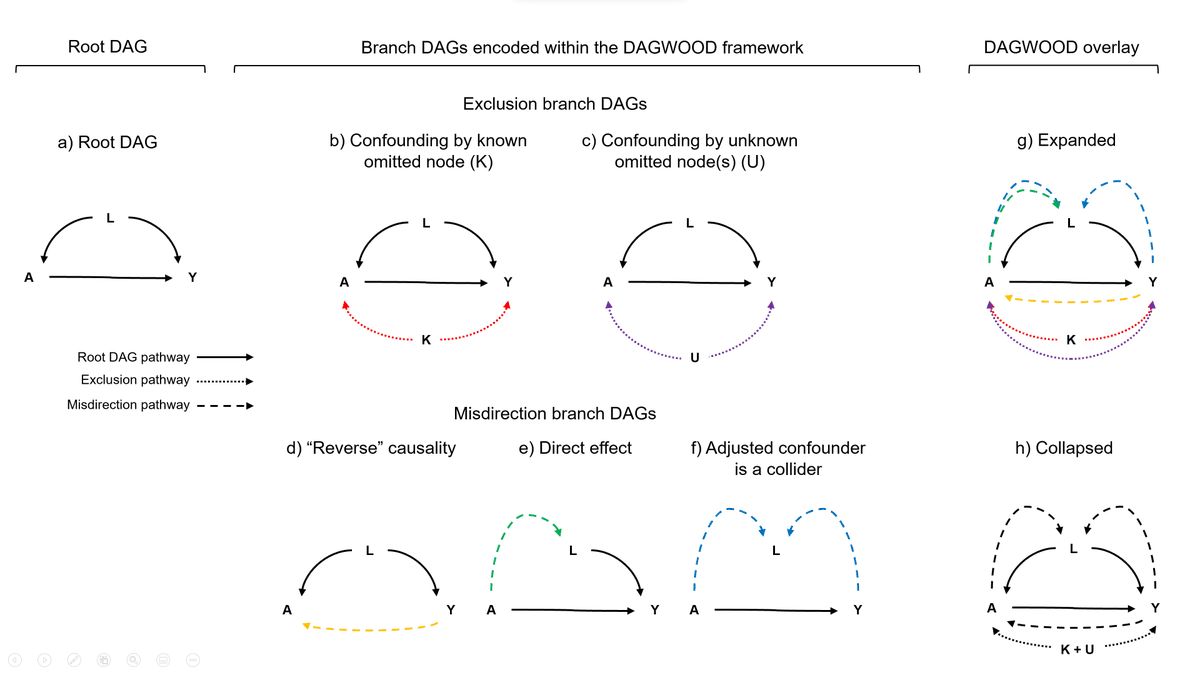In advance of the Danish mask study's expected publication, Sarah Wieten (@SarahWieten), Emily Smith (@DrEmilyRSmith), and I have written our concerns about its framing and design.
Our comments have been sent to DMJ editors, and are available on PubPeer.
pubpeer.com/publications/4…
Our comments have been sent to DMJ editors, and are available on PubPeer.
pubpeer.com/publications/4…
As written in the comment, this is a comment on the design and framing of the study, from publicly available information alone.
We have not seen any form of the results.
We have not seen any form of the results.
If there is one reliable force in the world this year, it is that Emily Smith (@DrEmilyRSmith) said it better.
https://twitter.com/DrEmilyRSmith/status/1304037820361854976
We have reached out via e-mail twice to the DMJ since September 8 with regards to our letter to the editor, and have not yet received a response.
An update: We have gotten in touch with the DMJ editors, and expect our letter to be published in the near future.
Strangely, the rumors of the trial results being published imminently appear to be inaccurate; we have seen no such publication.
Strangely, the rumors of the trial results being published imminently appear to be inaccurate; we have seen no such publication.
The DMJ editors have informed us that they are waiting for Bundgaard et al to draft a response letter, expected at the end of October, at which time they will publish our letter and their response simultaneously.
Bumping this thread, as it appears as though public interest in this study is increasing rapidly.
I want to emphasize: We have no connection to this study except through publicly released registration and design description, which we sincerely thank the authors for providing.
I want to emphasize: We have no connection to this study except through publicly released registration and design description, which we sincerely thank the authors for providing.
We have not seen results; have not had contact with any journal editors with regard to this study except our letter (below); have no inside or private information about its results or design details; have no financial, institutional, or social links to this study, etc.
We strongly recommend reading our short (500 word) critique in full, as we address several distinct issues with the study design.
pubpeer.com/publications/4…
It will hopefully appear in DMJ soon alongside a reply from the study authors, which we look forward to reading.
pubpeer.com/publications/4…
It will hopefully appear in DMJ soon alongside a reply from the study authors, which we look forward to reading.
I should note that - while being underpowered is a serious concern - the most important issues are with the intervention as implemented (messaging + free masks), outcome (not source control), framing, and mechanisms which bias results toward the null, as outlined in the letter.
Minor update: We found and corrected a small error (wrote "odds" instead of "risk," and yes, those who have worked with or followed me might note the irony in that mistake).
It's now corrected.
It's now corrected.
Medium-sized update: The editors at DMJ have informed us that our letter and the response letter from the DANMASK-19 author team is expected to be published next week.
We look forward to reading the response and thank the authors for their engagement in this complicated issue.
We look forward to reading the response and thank the authors for their engagement in this complicated issue.
Our letter and the response are now published in DMJ. We sincerely appreciate the authors and DMJ's editors for engaging with the complicated topic
Our letter is available here: ugeskriftet.dk/dmj/letter-con…
Bundgaard et al's response is here: ugeskriftet.dk/dmj/response-l…
Our letter is available here: ugeskriftet.dk/dmj/letter-con…
Bundgaard et al's response is here: ugeskriftet.dk/dmj/response-l…
The DANMASK-19 trial is now published in Annals of Internal Medicine, alongside two editorials which discuss its limitations.
DANMASK-19 trial acpjournals.org/doi/10.7326/M2…
Frieden editorial: acpjournals.org/doi/10.7326/M2…
Laine editorial:
acpjournals.org/doi/10.7326/M2…
DANMASK-19 trial acpjournals.org/doi/10.7326/M2…
Frieden editorial: acpjournals.org/doi/10.7326/M2…
Laine editorial:
acpjournals.org/doi/10.7326/M2…

The results line up neatly with our predictions, and the limitations sections clearly outline the major issues which we documented in September.
I strongly recommend reading the editorials, which provide substantial and important context.
I strongly recommend reading the editorials, which provide substantial and important context.
Note that our only opinion regarding its publication is/was:
"Ideally, this study should be published in such a way that helps ensure that everyone understands the flaws and limitations of its design before they make conclusions on its results." (sent to @SergioEfe on Nov 12)
"Ideally, this study should be published in such a way that helps ensure that everyone understands the flaws and limitations of its design before they make conclusions on its results." (sent to @SergioEfe on Nov 12)
That appears to have been achieved as well as is possible within the context of our publication system, to the credit of the editors at @AnnalsofIM, the peer reviewers, the authors of the trial, and the authors of the two editorials.
For those who are entering this thread from the middle: we initially wrote and submitted our concerns about its design in early September in response to the published design, months before the results were available.
Our letter is available here: ugeskriftet.dk/dmj/letter-con…
Our letter is available here: ugeskriftet.dk/dmj/letter-con…
• • •
Missing some Tweet in this thread? You can try to
force a refresh










